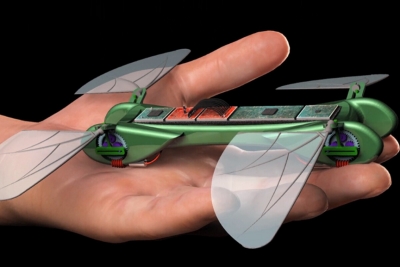How do butterflies defend themselves from their enemies?

Butterflies protect themselves from predators through the plants to protect themselves from enemies. This has led to the evolution of bright colours in unpalatable butterflies.
Camouflage is another technique that butterflies use to escape from their enemies. Camouflage is the technique of blending with the colour of the surrounding to hide from enemies.
We all might have seen butterflies that look like the leaf of a tree, or a twig in a branch. Such varieties as the oak leaf butterfly and autumn leaf butterfly use this camouflage technique.
Some others have deimat-ic behavior, such as waving their front ends marked with eyespots as if they were snakes.













